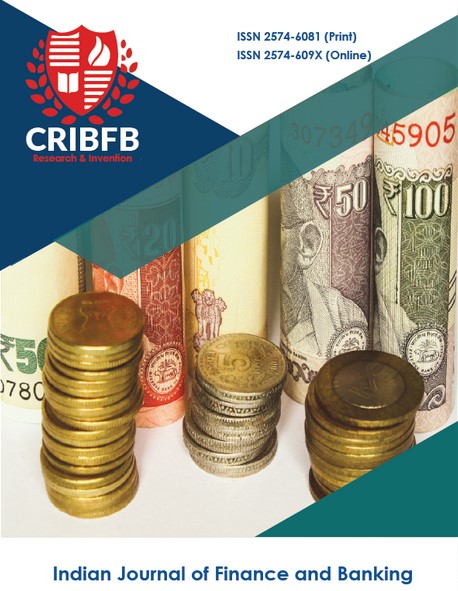Impact of Cash Deals and Related Industry Merger on Synergies Gains: A Case of Indian M&A
Main Article Content
Abstract
A firm's financial attributes play an essential part in the merger decision. The present paper attempts to improve the existing literature on assessing M&A activity in Indian corporate. This research paper aims primarily to analyze the (a) Synergies realized when the mode of payment in the merger deal is cash, (b) impact on bidder liquidity when payment is made in cash (c) Synergies realized when both target and acquirer in the deal belong to related industry, i.e. the merger is horizontal and (d) assess the impact on bidder leverage when payment is made in equity. The paper has analyzed a panel of 120 major Indian M&A deals from 2005 to 2015, having three years of data pre and post-merger. Instrument Variable Probit Regression analysis has been employed in the study. The key results from the analysis show that in case of payment method in the deal being cash, M&A appears financially favorable for the bidder companies. The results of the empirical analysis of the study do support the generation of synergies in the case of horizontal mergers. The combined firm has also found to have lower liquidity for Indian Mergers & Acquisitions. Significant results have also been obtained for the leverage variables indicating fewer borrowings for the merged firm.
JEL Classification Codes: G34, C35, M41.




